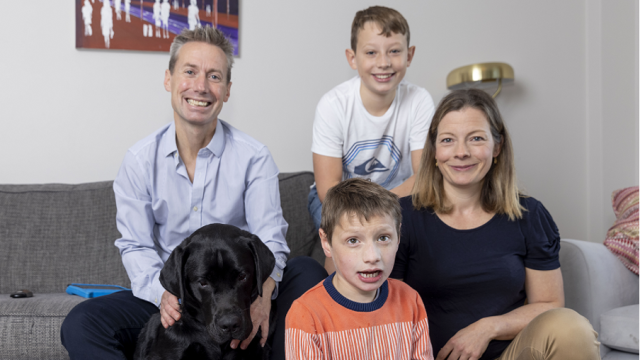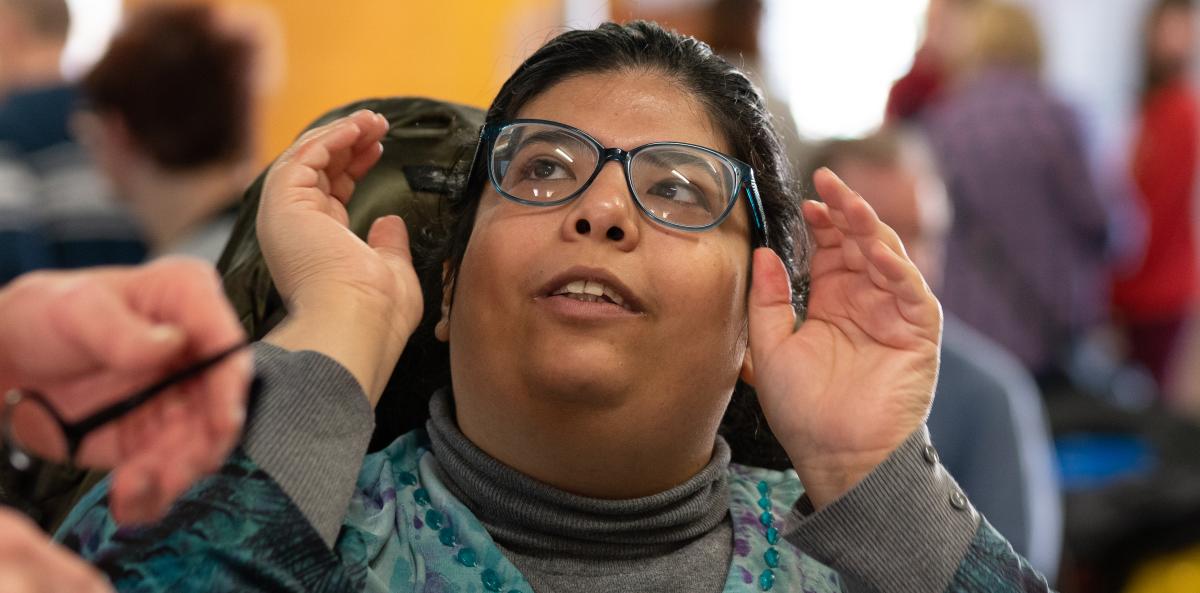
The long and winding road
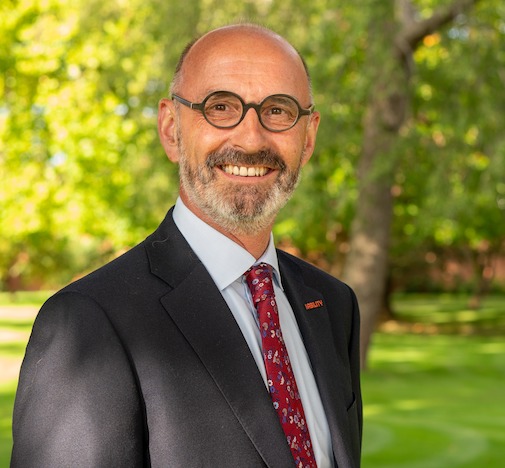 Serendipity and my involvement in eye care for people with learning disabilities: A blog from our outgoing chairman, Gordon Ilett.
Serendipity and my involvement in eye care for people with learning disabilities: A blog from our outgoing chairman, Gordon Ilett.
As I approach the end of my time as a trustee of SeeAbility, and also approach the close of my professional career, I am sometimes asked how and why I became involved in eye care for people with learning disabilities. The flippant answer I usually give is ‘by accident’, but this question has caused me to reflect on the ‘accident’ and where it led.
I qualified in 1985 after studying for my degree at City University, London and undertaking pre-registration training in private practice and Moorfields Eye Hospital. I then continued to work for the same small group of practices in southeast London spending some evenings and days off supervising students at City University and The London Refraction Hospital. In 1987 as well as getting married and becoming a partner in the business we moved to Kent after acquiring new practices in Kent. This led to me starting as a sessional optometrist in the local hospital in Dartford.
In this role I assisted the consultant when he saw some patients with learning disabilities from the local institutional ‘hospital’ settings and started to think there must be a better way – there were even instances of restraint to examine patients appropriately. Fortunately, at this time ‘Care in the Community’ was being enacted and these institutional settings were closing and patients – now ‘recognised’ as people – were discharged to a variety of community settings. The problem was their health records did not follow them – I always think this was because of the terrible information they contained rather than the ‘patient confidentiality’ reason given by the authorities at the time.
And so that was my introduction – I got to understand and respect the needs of people with learning disabilities who like anyone else deserve the right to good eye care. It was very moving to be a person who could help in a small, local way, but little did I realise what this would then spark.
An introduction to research
Around this time Les Ellis, Chairman of Kent Association for the Blind, had visited one of the community settings and noted people behaving as if they were visually impaired. He was assured by carers that this was due to their learning disability, but Les did not accept this. Instead, he persuaded Bexley Council, Southeast Thames Regional Health Authority and his own organisation to commission a study into how many people on the learning disability register in Bexley had a visual impairment. A steering committee was formed, academic support and statisticians co-opted, and a specialist worker Margaret Wilkinson was appointed to coordinate the project. Margaret then went round all the local eye departments trying to find a doctor to support and help conduct the study, but no one came forward. With agreement from the steering committee, it was decided that an ‘optician’ would do.
By chance I was in the office when Margaret called to ask my secretary whether anyone at the practice would meet to discuss learning disabilities and of course I agreed to meet. It turned out that a few other optometrists had agreed to speak to Margaret but dropped the idea when they found out the patients involved in the study had learning disability (intellectual disability) rather than learning difficulties (e.g. dyslexia), so by default I became lead clinician!
Completely wet behind the ears and with no background in research I was drafted onto the steering group. To say I was out of my depth would be an understatement, but under pressure I learn fast. I tried to research the subject but at that time (pre internet) there were a paucity of UK articles available, a small number of studies from the Netherlands, all institutional care based……and no ‘how to’ guide!
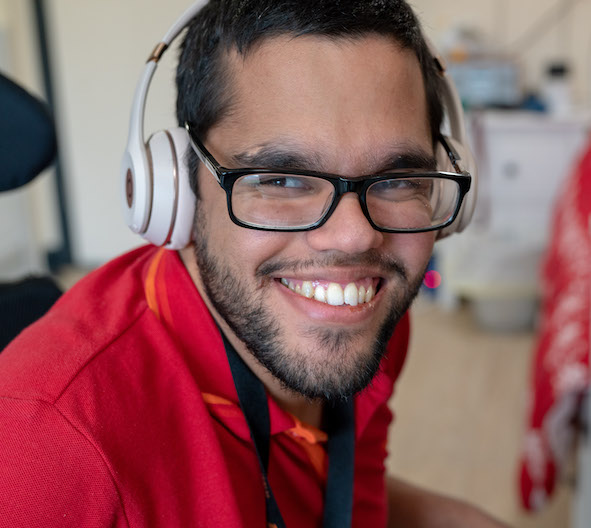 The statisticians decided that for the study to be robust we should provide eye examinations for around 90 people on the Learning Disability register, and so with a great deal of help from Margaret we started. Some people had their eyes examined in their own homes or care settings, some in day centres and some came to the practice.
The statisticians decided that for the study to be robust we should provide eye examinations for around 90 people on the Learning Disability register, and so with a great deal of help from Margaret we started. Some people had their eyes examined in their own homes or care settings, some in day centres and some came to the practice.
We made mistakes of course – keeping people waiting too long; poor preparation on our part causing behaviours which would challenge; failed appointments and wasted time due to poor communication on our part – but it helped show that with appropriate preparation and support most people with a learning disability could successfully have an eye examination. What’s more I learned so much and saw and treated eye conditions which many practitioners might never see other than in a textbook and realised the scale of need. Sadly, some people were experiencing sight loss that would have been completely preventable if they’d been seen in their younger years.
At the conclusion of the study an internal report was produced for the sponsoring organisations with our findings. With hindsight this should have been submitted as a paper to a peer reviewed journal for publication. Why? Because our findings mirrored the data studies 30 years later have produced, and perhaps if we had made the findings known more widely, change could have happened sooner and helped so many more people with learning disabilities.
Making a difference on the ground
After this study we were driven by the knowledge that because we had identified such vast needs, the rest of the patients on this local Learning Disability register should be offered, and supported, to have a sight test. Thankfully Margaret was funded to help people with learning disabilities access sight tests, advocate for them to have any treatment needed and raise awareness amongst family and carers about the eye care needs of people with learning disabilities.
I bumbled on with my day job as a ‘high street optician’; continued with my sessional work in hospital; set up a paediatric low vision service; supervised pre-reg optometrists; started to dabble in local optical politics and education and generally continued to learn by osmosis. During this time in the early ‘90s I continued to see many people with a learning disability from Bexley and surrounding areas, as well as being busy running the business and starting a family.
Somehow RNIB and The College of Optometrists heard of the work I was doing in Bexley and asked me to take part in an educational film for optometrists on Learning Disability. Making this I met a force of nature in human form, Gill Levy. Gill taught me so much about the social care system, the challenges for people using this service, and was never slow in correcting any slips I may have made in terminology. She also persuaded me to start teaching one of the visual impairment modules for rehabilitation workers for RNIB at their Carshalton campus.
Another chance encounter took pace at a meeting we had organised as a Local Optical Committee. I was presenting a talk on learning disability alongside Mary Gibbens – my go to local ophthalmologist who was so helpful in treating some people who needed an individual approach to management – who was lecturing on ocular emergencies. Also presenting, on an organisation completely new to me at the time, Special Olympics, were two behavioural optometrists Ann Duignan and Paul Adler. Ann and Paul had been tasked with organising a vision screening event at the UK National Games in Cardiff. Ann and Paul quickly persuaded me to get involved and in Cardiff I met another force of nature, Dr Maggie Woodhouse.
Research goes international
The Special Olympics in Cardiff in 2007 changed my thinking on the importance of data and research to support an argument, as well as the value in providing a safe environment for introducing nervous colleagues and students to supporting people with learning disabilities with their eye care.
Maggie organised the gathering and analysis of data from the eye screening of the 2000 athletes attending the games. Of course, it was a joy to be amongst the hubbub of the athletes knowing we were helping in our small way towards their goals and achievements. By providing eye care we found so many people had previously undiscovered vision problems and most often this was easily addressed with glasses.
A paper was published giving vital evidence of the need for targeted eye care for people with learning disability – even in a nation with a free to access healthcare system the inequalities were there for all to see.
The Special Olympics officials from the USA were impressed and invited Maggie to participate in production of some educational material. This would entail several visits to the States and Maggie was busy so unbeknownst to me she put my name forward.
I flew into JFK rather unsure what to expect and went to an airport hotel to be introduced to my fellow participants: an expert on human development, paediatric ophthalmologists from the USA and Brazil, lecturers and researchers in optometry from Spain and the USA, a developmental dentist from the US and other colleagues way more qualified than me. We spent two days in a stuffy conference room emerging for meals, then tasked with work and research to be done I flew home.
We had a couple more meetings in New York and Washington DC before it was suggested I participate in the filming and production of a DVD at the University of Illinois in Chicago presenting the educational material we had assembled. This done, we then launched the educational DVD to colleagues from around the world at the Special Olympics Winter Games in Nagano Japan.
My introduction to SeeAbility
I was subsequently asked to present this work at the international ‘Vision Conference’, that year in London, where again fate intervened. In the audience for my presentation was the CEO of a charity called SeeAbility, David Scott-Ralphs. Afterwards David and I started chatting and he invited me to help with a new project the charity was developing helping people with learning disability to access better eye care.
I became an advisor in 2008 and in 2009 David encouraged me to apply to become a trustee. The interview was gruelling and in subsequent conversations with the then Chairman I was told most of the meetings would be about governance and finance with little about eyes and would I remain interested? Despite this I agreed to join and along with Paul Ursell an ophthalmologist from Epsom we became the first eye ‘experts’ on the trustee body for many years.
Paul was quick to ensure that within SeeAbility we must ensure we encouraged everyone supported by us to have a regular sight test and we persuaded the trustees that SeeAbility and the RNIB should work together to evidence the prevalence of visual impairment in people with learning disability. This led to the now oft quoted ’10 times more likely’ statistic used today.
Talking the talk also meant walking the walk, and we recruited the amazing Scott Watkin, who with his lived experience of having a learning disability, and an eye condition, was going to lead the charge as our expert by experience.
A decade of special schools work begins
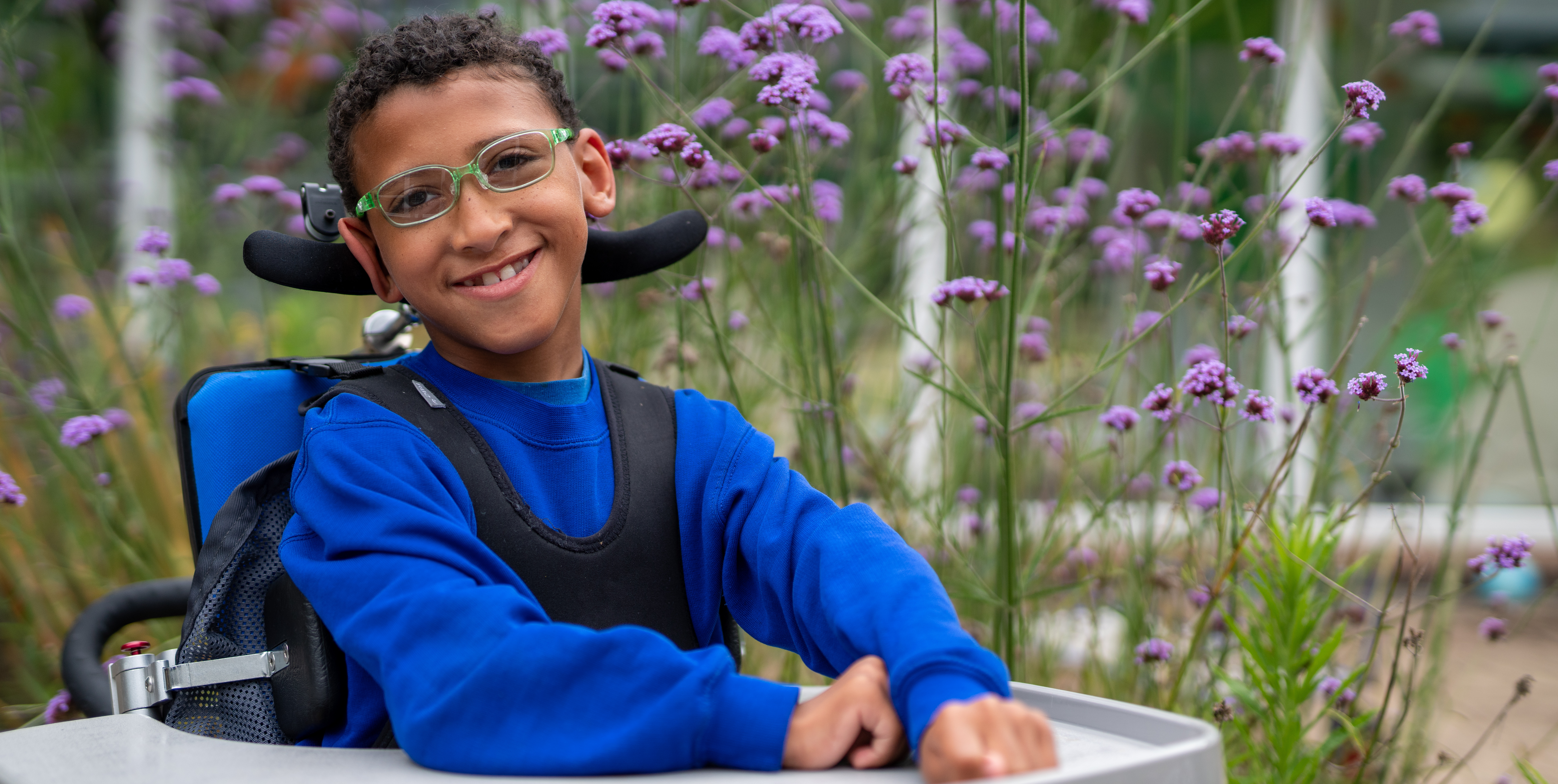
At this time through colleagues in Wales I learned that Maggie Woodhouse and Cardiff University were carrying out research into the eyecare needs of people in special schools in the principality. The eyecare team at SeeAbility were also trying to decide the best approach to ensure everyone with a learning disability had good access to eye care and we approached the board with the idea of using the Welsh data to suggest that sight tests in special schools could be carried out in England.
David Scott-Ralphs and I had a meeting with officials at NHS England, but it was mooted that ‘English children may be different to Welsh children’ so the data may be invalid. This led to us needing to ‘prove the case’ ….but, how to fund the work? The board looked at multiple options of one off testing a large cohort of children, or smaller sample studies, but Paul and I persuaded the board that a properly funded and long term ethically approved research project leading to published results was needed.
But how to fund it? The fundraising team were great, and several donors were very generous, but others suggested this was the responsibility of the NHS, as responsible commissioner for sight tests.
So back to NHS England David and I went, and in a lift an official agreed with my view that special schools were day centres for young people. I argued that as adults attending day centres could have a visiting NHS sight testing service, then these children should too. That would at least allow for the (low) NHS sight testing fee to be claimed while running the project with fundraised income to top up and deliver a ‘one stop shop’ model of care where children get their glasses, and support in school.
We started recruiting the amazing team for the Children in Focus project and found suitable partner schools…… then disaster, NHS and Department of Health lawyers and higher official disagreed with the verbal opinion of their colleague and we were told that even the paltry NHS sight test fee could not be claimed.
These were children 28 times more likely to have a sight problem but they would not get their right to a NHS sight test! If anything showed how many disincentives and inequalities are built into the NHS eye care system for people with learning disabilities, this was it.
It made us all the more determined and this was the start of the campaigning work needed. This eased the stance of the NHS and so the team began delivering NHS sight tests to children.
A campaign that never gave up
As the project got under way, more schools were recruited, 1000 pupils tested, a peer-reviewed paper published. We were getting there! Surprisingly schoolchildren in England were not that much different to schoolchildren in Wales after all! Other researchers were asked to validate the methodology and whether this was the best way to deliver care. Any parent of a child with special educational needs and disabilities would probably have told them yes.
But after rigorous scientific examination a further paper was published which reported testing in the special school environment, an environment familiar to the pupils with support from their teachers and support staff, was indeed the most effective method of delivering care. Most commonly parents reported their child would struggle to go the ‘high street’, meaning they’d never accessed eye care for their children, or reported challenges of going to hospital eye clinics and fragmented ways of accessing glasses.
By 2017 Lisa Hopkins had just taken over from David as CEO. Over these past few years, the fantastic Lisa and her team have continued to throw their full support towards addressing these inequalities in eye care. This is not just by getting the NHS to pledge to provide a programme in all special schools but a strategy to look at other community eye care improvements too.
By 2021 thought we were home and dry with a special schools programme, officials at NHS England started to roll out the project across England after sign off….. but wait, someone within officialdom decided everything must be paused and no more schools should receive the service. Why? There was no convincing answer other than the NHS Long Term Plan had only mentioned residential special schools, and so our campaign to revitalise the programme for all special schools ensued.
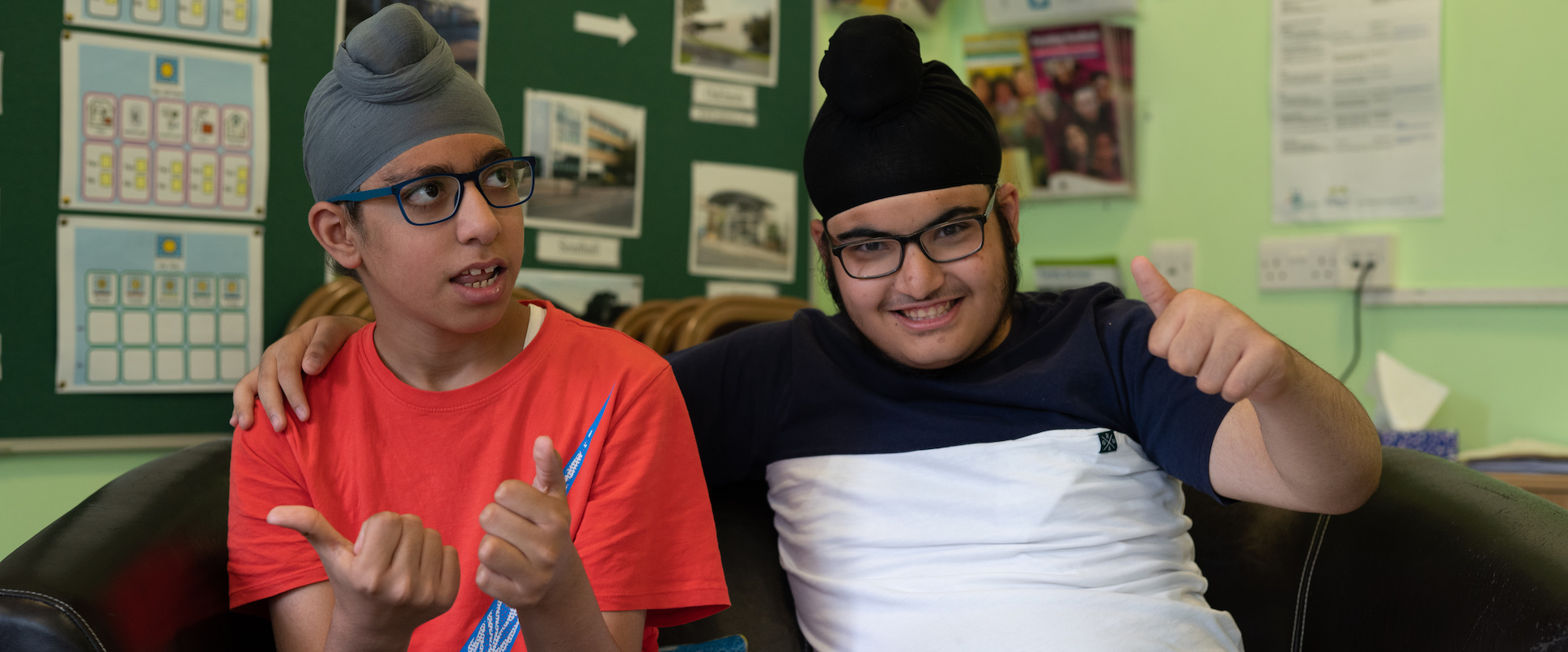
Our team at SeeAbility again started to lobby officials and other supporters of the project came to the aid of championing the service rollout, including parents, special schools, learning disability charities and eye care professional bodies. Questions came thick and fast in parliament from supportive MPs on the common-sense case for this service to all special school children, and thankfully the government picked up the baton in talking to the experts, interrogating the data and coming to the same conclusion.
I am delighted that everyone is agreed that delivering sight tests in all special schools is a good thing and once more we are on the cusp of a new NHS service that should change the lives of tens of thousands of children.
But I’m also exhausted!
On reflection, as a practitioner, I realise that in my clinics I can make a difference to each patient that I see, but one at a time. Each episode of patient care gives an immediacy of feedback and satisfaction. Working with organisations such as SeeAbility, RNIB, Kent Association for the Blind, the Association of Optometrists and Special Olympics has allowed me to help to influence policy and effect change for many more people, but it’s hard work with repeated setbacks.
I’ve no doubt I’ve missed out many important moments above and I also apologise for not naming more colleagues who have been instrumental on this journey – but you know who you are!
Finally, after over 35 years, the long and winding road paved with serendipity, and pot-holed with accidental encounters, has hopefully taken me to a place where I can look back over my journey and be satisfied that I have done some good, and hand over the baton to others who I hope will enjoy the ride as much as I have.


